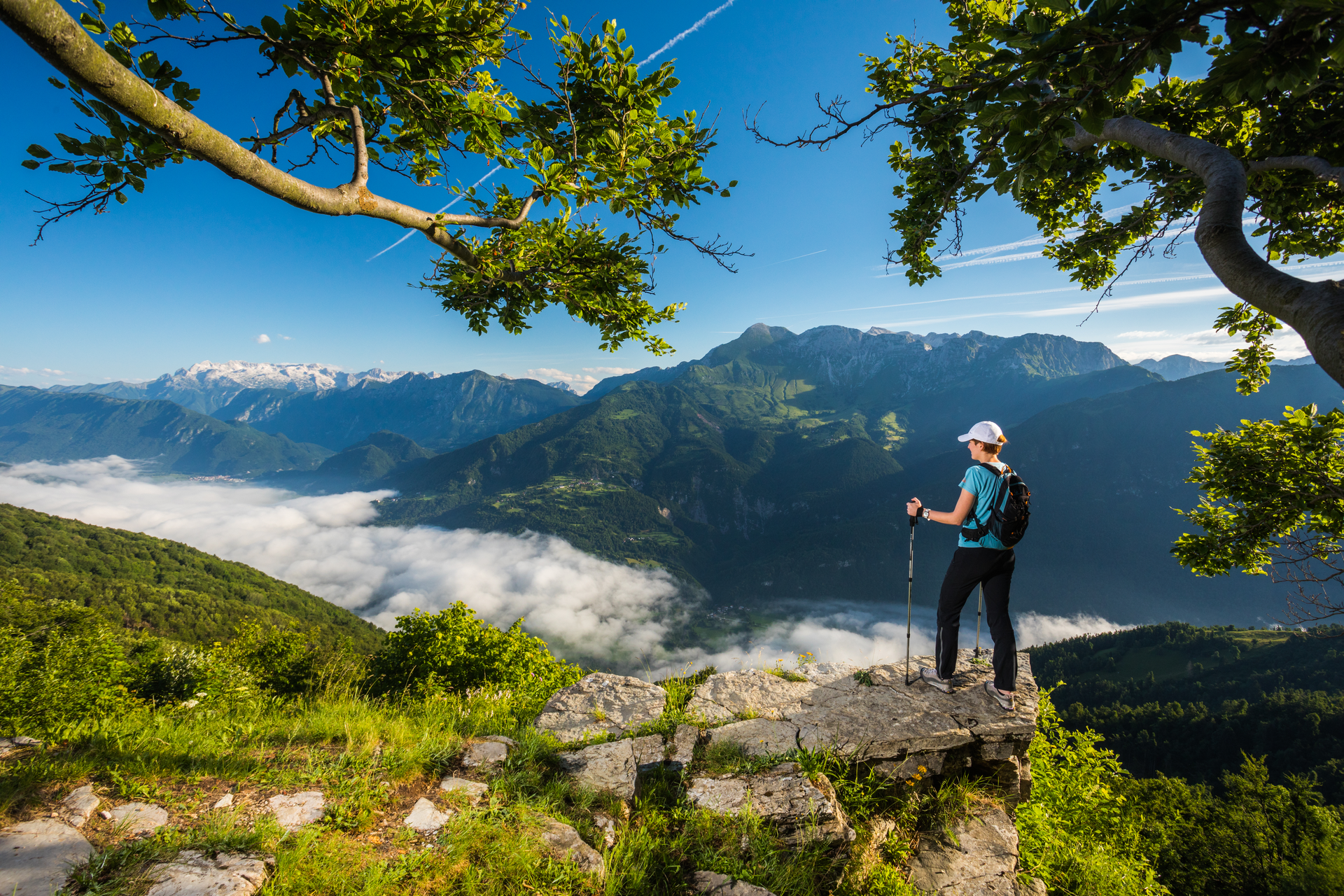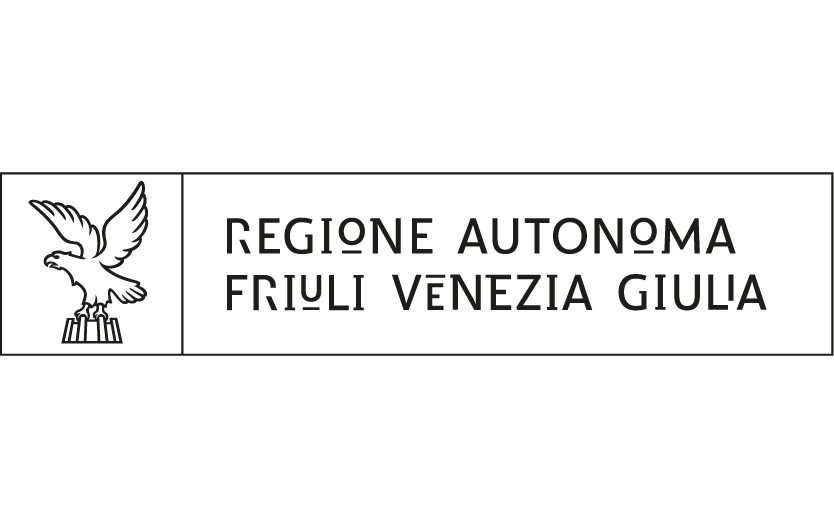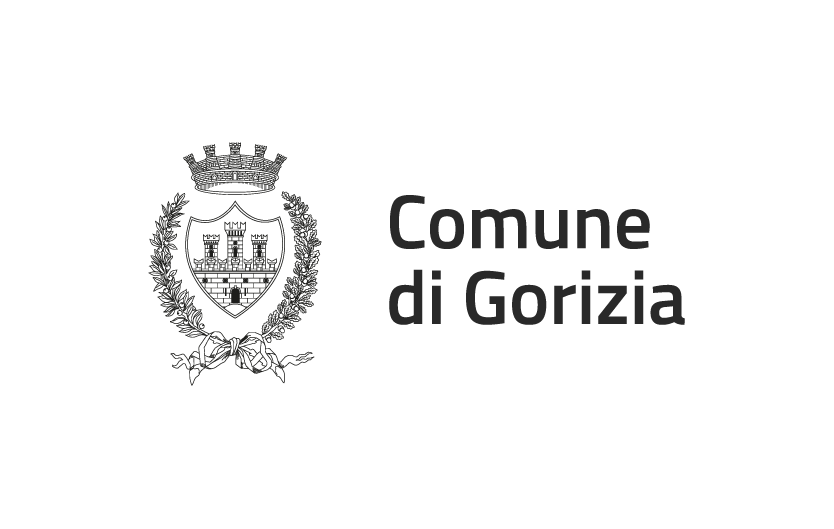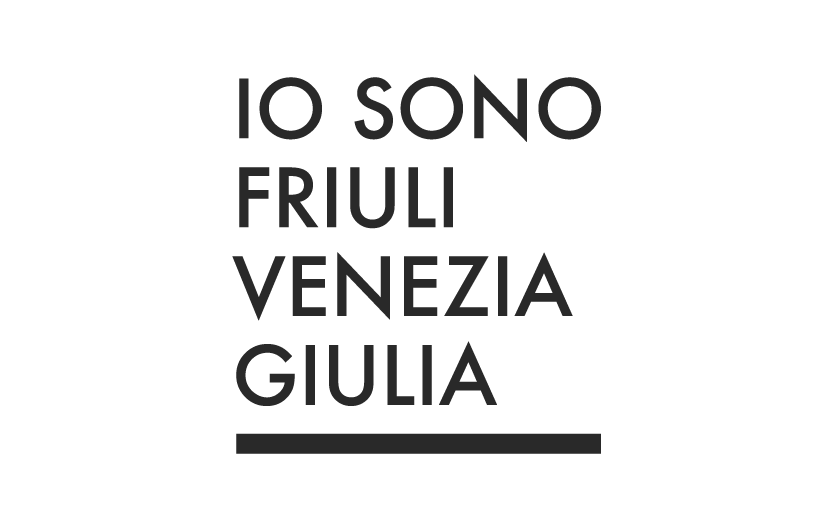Where:
Fundacija Poti miru
Kolovrat
5222 Kobarid
info@thewalkofpeace.com
+386 5 389 0167
Outdoor museum Kolovrat

Each of the outdoor museums with the remains of the Isonzo Front testifies of the important role of nature during the war. The Kolovrat Ridge is one of the most frequently visited points of World War I. It offers unique views of the Julian Alps and emerald green Soča River on one side, and Slavia Veneta, the Friuli Plain and Adriatic on the other. The ridge is also attractive for cyclists. Here ran the Italian line of defence whose command posts, gun positions, a system of trenches and caves are still preserved. The museum is also attractive due to its location which stretches into two countries, Slovenia and Italy.
The circular path through the outdoor museum Kolovrat runs past command- and observation posts, machine gun and gun positions, caves and networks of trenches and connection galleries at several levels. A visit to these positions is of special interest thanks to various details, such as, for example, spiral stairs in one of the caves, and also due to partly original materials which were used in the wartime. From the top of the Kolovrat ridge a splendid view opens over the onetime Isonzo Front battlefield, reaching from Mt. Kanin and the Krn range to Mt. Sveta Gora, and all to the Trieste Gulf. Before World War I the border between Austria-Hungary and Italy ran along the ridge of Kolovrat which steeply rises above the right bank of the Soča. On the first day of the war the Italian troops crossed the border ridge and began to fortify it. The Italian Army gradually built an extensive system of defence lines, which was called linea d’armata. Numerous gun positions and observation posts were on the ridge, from where the battlefield could be observed. From these high-lying positions the Italian gunners shelled the Austro-Hungarian positions, the supply route between Tolmin and the valley of Baška grapa, and other important targets in the Austro-Hungarian rear. The entire ridge was crisscrossed with fortified trenches as well. Between Mt. Na Gradu (1,114 m) and Mt. Trinški vrh (1,139 m) ran an important supply route across the saddle; it connected the rear with the positions before the Tolmin bridgehead, or with the first and the second lines of Italian positions. The positions on the Kolovrat ridge were among the key points of defence for the Italians in the Twelfth Isonzo Battle. The command of the German Army promised a high reward, the Pour le mérite order, to the officer who would conquer this point. It was awarded to First Lieutenant Schörner, who conquered the positions on Na Gradu with his troop from the composition of the German Alpine Corps on the very first day of the offensive, i.e. in the evening of 24 October 1917. By conquering these positions, the German troops cleared the way for their further advance along the ridges of Kolovrat and Matajur, all to the Friuli lowland. As the commander of a troop of the Würtenberg Mountain Battalion, First Lieutenant Erwin Rommel also took part in the battles on the Kolovrat ridge. On the third day of the Twelfth Isonzo Battle he conquered Mt. Matajur with his troop.
Leaflet with information about the Walk of peace: link
Discover more








